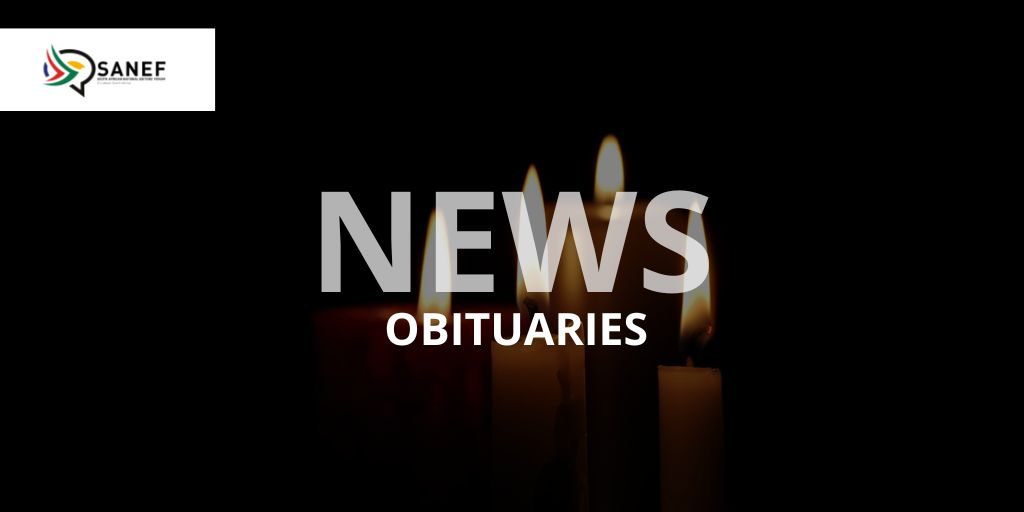Rules SAPS Must Follow When Dealing With Journalists
The South African Police Service (SAPS) have limited and strict circumstances to stop the media from taking photos or videos, as indicated by the SAPS Standing Order 156.
Helene Eloff, has recorded this podcast to explain what the Standing Order 156 says?
She also advises all journalists to download the standing order for easy reference especially when confronted by the SAPS.
Summary of points to consider
– Section 10(1) states that police officers “must treat all media representatives with courtesy, dignity and respect, even when provoked”.
– Section 10(3)a states that although the media may be prohibited in terms of Section 69 of the South African Police Service Act from publishing certain images, “a media representative may not be prohibited from taking photographs or making visual recordings” by any SAPS member. This includes photographs of police officers themselves.
– Section 10(3)c states that “a media representative may under no circumstances be verbally or physically abused and cameras or other equipment may not be seized” unless the equipment is being seized as evidence in terms of the law.
– Also, “under no circumstances whatsoever, may a member willfully damage the camera, film, recording or other equipment of a media representative”.
What does this mean?
– When in public spaces, you have the right to photograph anything in plain view, including SAPS members.
– However, Section 17(2)a does make provision for the police to prevent the filming of police premises, but only when “there are reasonable grounds to believe that such visual material is intended to be used in the planning or execution of a crime or will jeopardise security measures”.
– SAPS members may not stop you from photographing any person, although there are prohibitions on publishing photos of certain people without permission (such as someone suspected of a criminal offence but who has not yet been charged, or a witness). This is spelt out in Section 17(1) – media professionals should read it.
What are the restrictions?
– The right to photograph does not give you the right to trespass, break any other laws or interfere with lawful SAPS activities.
– Only senior SAPS leadership may authorise someone to take film or video of the inside of police premises, and the outside and inside of police cells.
– There are some (limited) restrictions on filming National Key Points.
– Standing Order 156 is just an instruction to SAPS members; it is not a law and has not been tested in court.
– This order does not apply to metro police departments, which are separate from SAPS. It is not yet clear if any metro police departments have similar orders.
What to do if a SAPS member tries to stop you from taking photos
– Stay calm. Do not raise your voice or provoke violence against you.
– If police demand that you delete data under threat of violence, do so. Your life cannot be measured in megabytes.
– If you are detained, ask what crime you are suspected of committing. If the officer demands to view the material or confiscates your equipment, ask what legal basis s/he to do so, and ask for the officer’s name, police station and commanding officer.
– If you experience any contravention of Standing Order 156, you may lodge a complaint to the station commander of the nearest station. Disobeying a Standing Order is a disciplinary offence.
– If the SAPS station commander refuses to take disciplinary action against the member concerned or is otherwise unhelpful, you may take legal action against the SAPS. The order, however, does not apply to metro police departments, which are separate from the SAPS.
Find the SAPS Standing Order 156 here.



